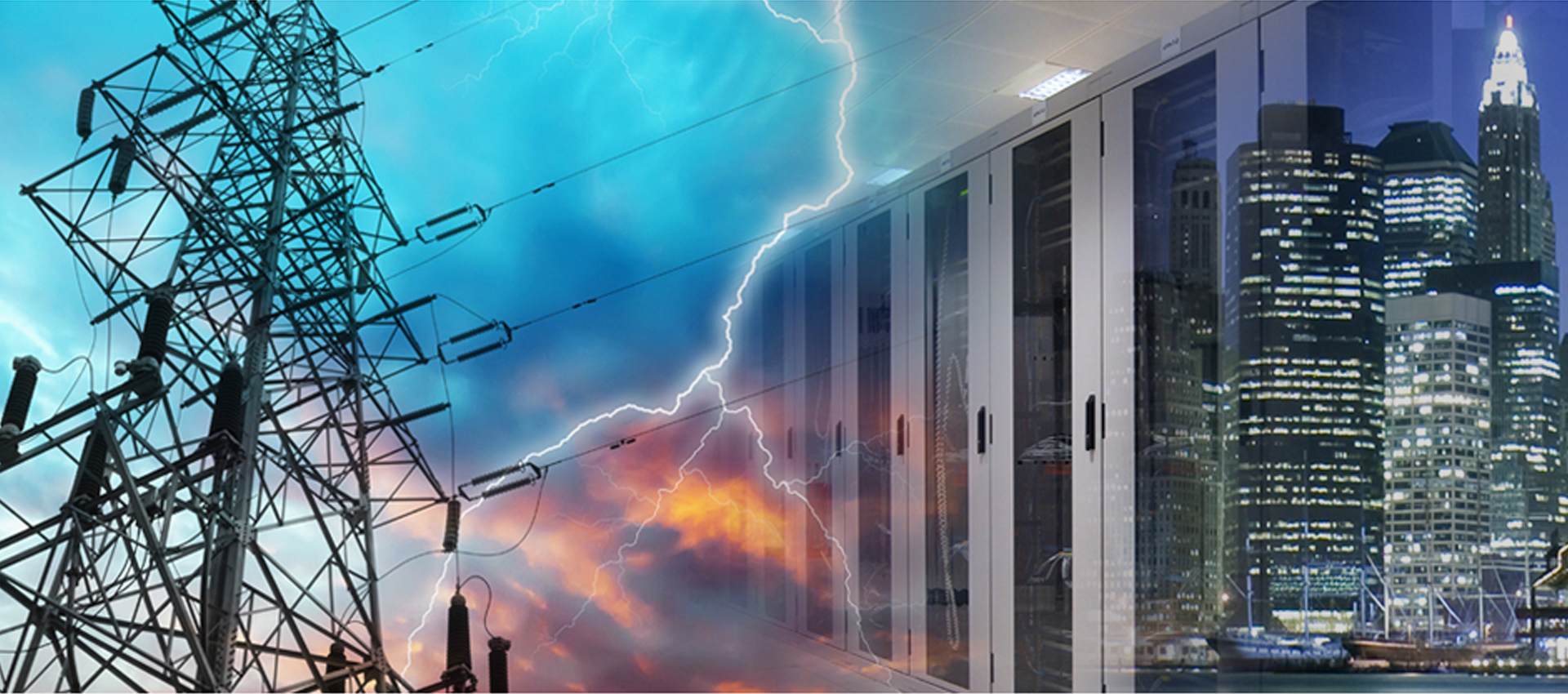Discover all about Lighting Inverter
Posted by Jessica Beak on October 11th, 2017

Most of the buildings consist of diverse size of electrical load. Usually, the power is present to supply the electrical requirements. In emergency circumstances, the power could be lost. These circumstances could incorporate a power blackout, power changes or fire, all subsequent in leaving individuals in the dark. In these circumstances, electrical back-up systems are definitely required. These systems, otherwise known as Inverters, automatically screen the approaching utility to the building and respond when the circumstance of lost power happens. They will supply power to the lighting and power loads according to requirements.
Since, we came to know a bit about them; let’s get to know the different types of inverter’s. They are as per the following.
Types of Lighting Inverter:
There are basically two distinctive installation approaches with regards to lighting inverter. The first one is central lighting and the other is dispersed lighting. A central lighting inverter gives a unified answer for urgent lighting and power back-up with a wide exhibit of choices intended to limit maintenance necessities and upgrade emergency lighting performance.The central inverter can control the same indoor or open fixtures already set up for task and convenience lighting when a few or all of those installations are assigned as emergency lighting fixtures. Dispersed lighting is the place where every individual light is controlled by its own particular battery.
- Central Lighting Inverter –
Central lighting inverter requires a higher capital investment, yet a lower cost in operational upkeep cost. It is likewise simple to keep up as there is one central location and one particular battery system that should be tried and released to meet code necessities.
- Dispersed Lighting Inverter –
Dispersed lighting is cheaper in terms of cost, however can have covered up, higher aggregate cost of proprietorship. Dispersed lighting is additionally more lumbering to deal with as you need to go to every last single light to test its batteries.
Why there is a need for Central Lighting Inverter?
- Simple Installation –
For any installation of the lighting inverter, it will require far less central lighting inverters to offer adequate emergency lighting power than it will to install singular bits of emergency lighting unit equipment. That decreases the measure of electrical worker time and work required, bringing about lower installed contracted work cost.
- Simple Maintenance –
Simplicity of Maintenance with far less units to examine and keep up, required testing and maintenance time and work endeavors is fundamentally diminished. Finding the equipment to test and maintain is significantly easier and less tedious with a midway located emergency AC system, instead of individual bits of emergency lighting unit hardware scattered all through the facility.
- Coverage Area –
Numerous expansive indoor or outdoor venues need a lot of brightening for appropriate utilization. Stadiums are a great example of this. Following the necessity explained in the Life Safety Code, the emergency lighting plan must give an initial illumination level that is no less than a normal of 1 foot-candle and a minimum of about 0.1 foot-candle measured along the path at floor level. The capacity to create this level of illumination in expansive venues is past the ability of most emergency lighting unit equipment. An appropriately estimated central lighting inverter is the coherent choice for these applications.



